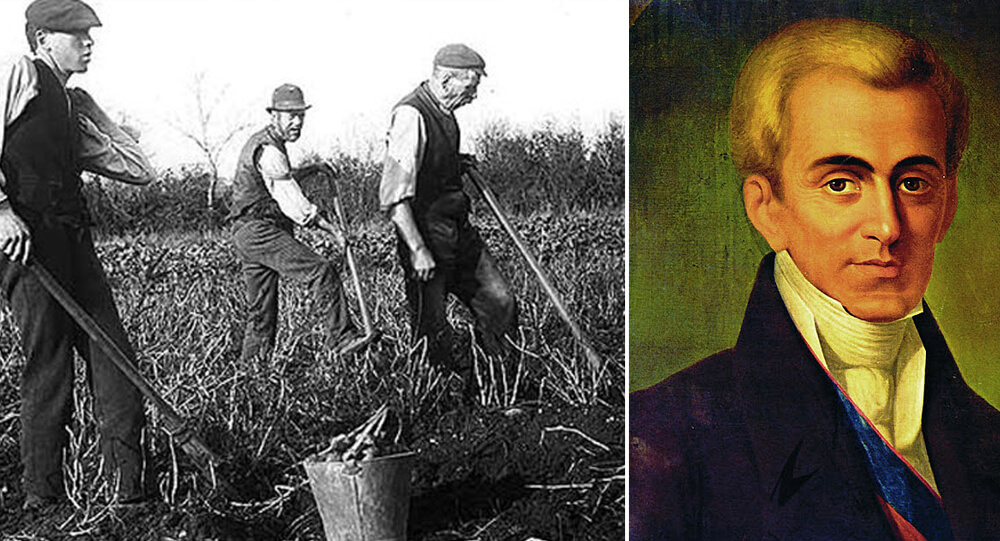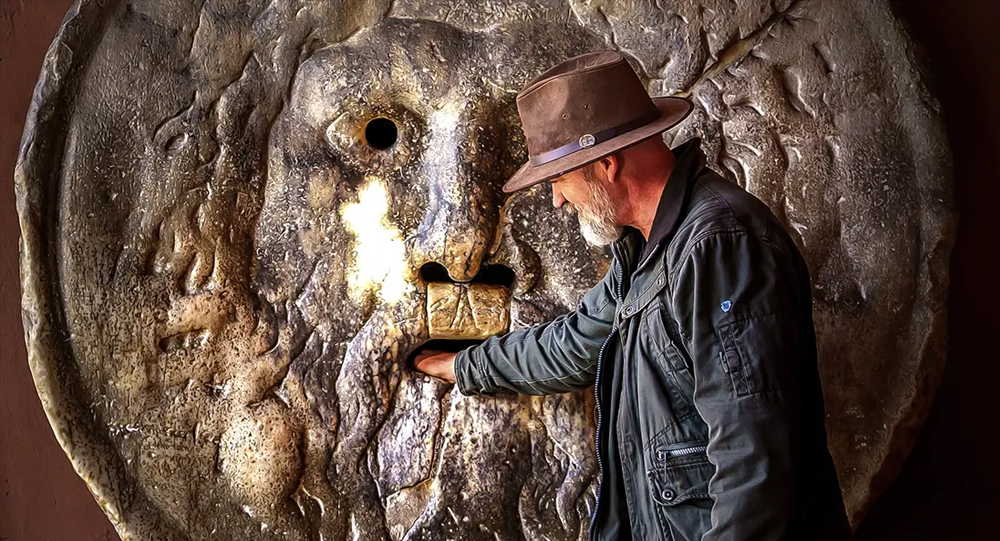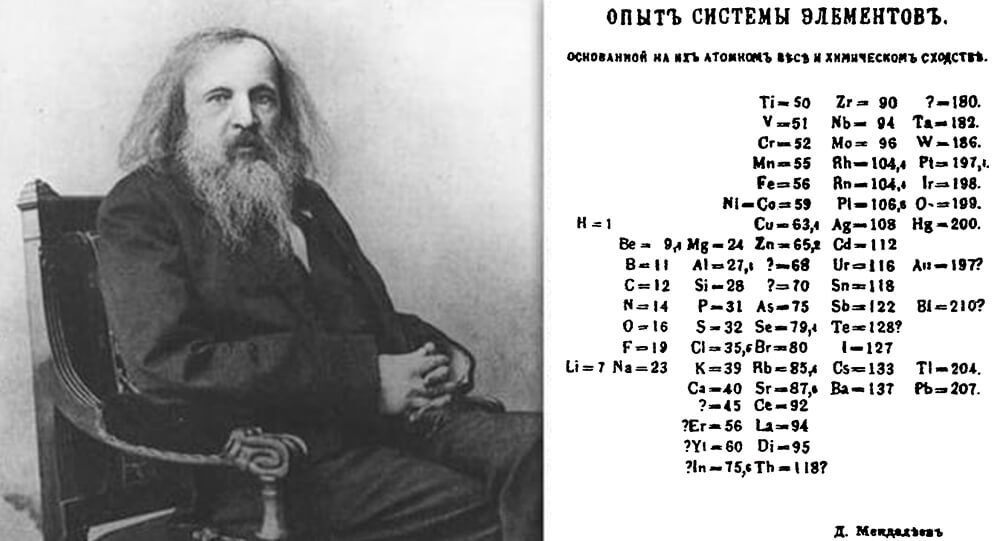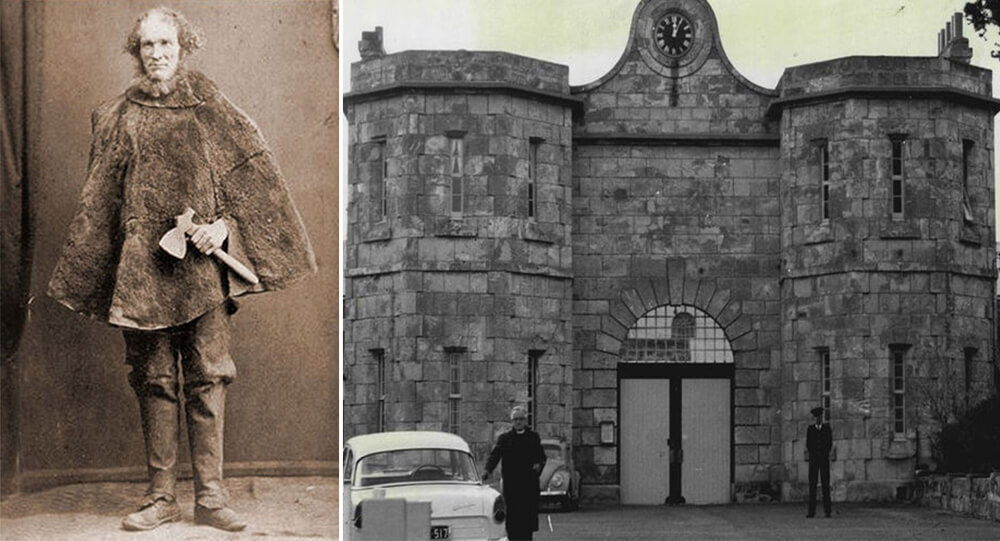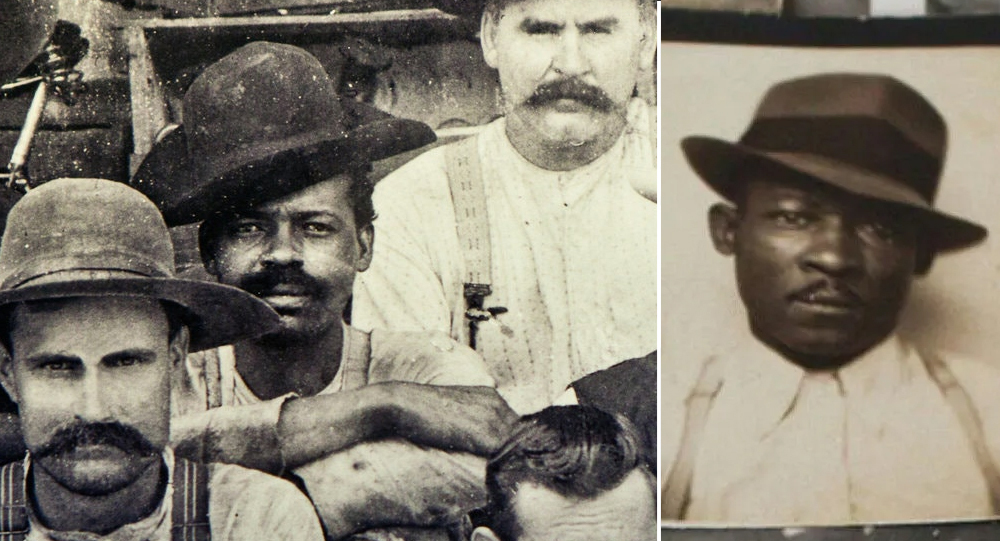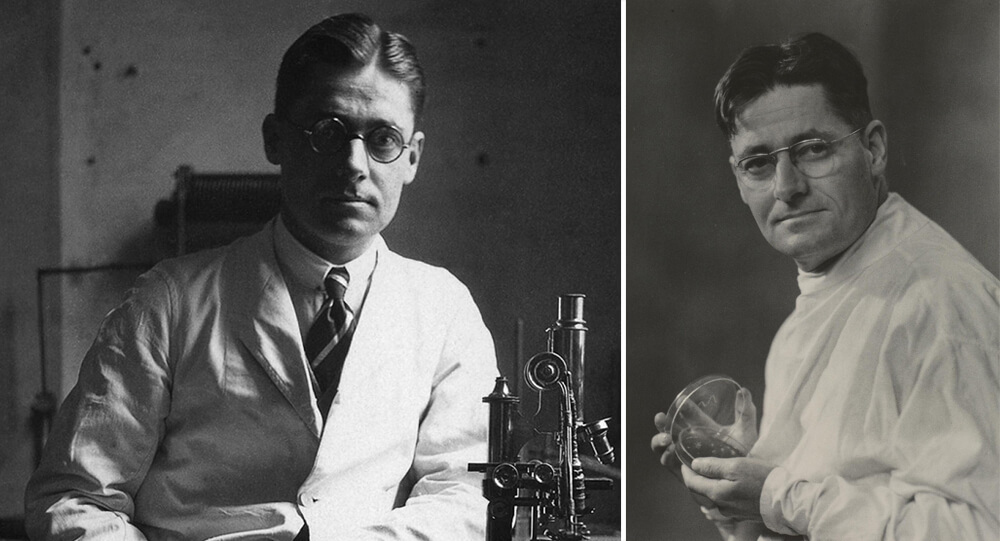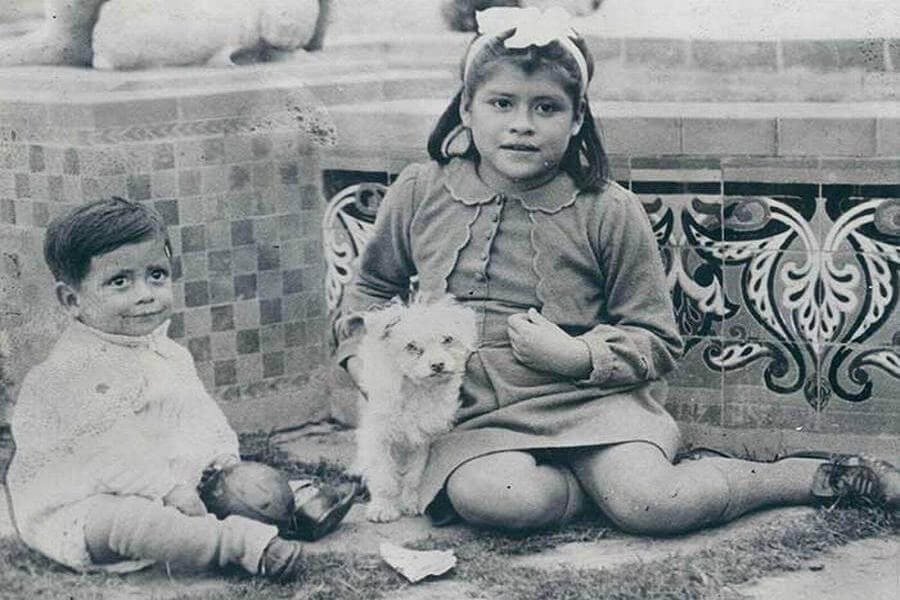

Ancient Jericho: The First Walled City In History
Jericho, also known as Arīḥā in Arabic, is a West Bank town. Perhaps founded as early as 9000 BC, Jericho is one of the world’s oldest continuously inhabited cities. Jericho’s long history has been proven by archaeological digs. The location of the city holds significant archaeological value as it showcases the initial stages of permanent settlement development and the progression towards civilization. Carbon dating back to approximately 9000 BC, remnants of Mesolithic hunters have been discovered, along with a prolonged period of habitation by their offspring. By 8000 BC, the settlers had developed into a cohesive group capable of building a substantial stone wall around the settlement, which was at one point reinforced by a colossal stone tower.
The term “town” is appropriate given the size of this settlement, which indicates a population of about 2,000–3,000 people. Thus, during the course of these 1,000 years, people have transitioned from a hunting to a fully settled lifestyle. This suggests the evolution of agriculture, and grains of cultivated wheat and barley have been discovered. Thus, one location that offers proof of extremely early agriculture is Jericho. It is very likely that irrigation had been developed in order to supply enough land for cultivation. Palestine’s initial Neolithic culture was an entirely indigenous creation.

A second, non-native group succeeded these around 7000 BC, bringing with them a Neolithic culture that continued to lack the ability to make pottery. This occupation most likely marks the entry of newcomers from one of the other centers where the Neolithic agricultural way of life had developed, perhaps in northern Syria. By 6000 BC, this second Neolithic stage came to an end. The next millennia at Jericho are mostly devoid of evidence of human habitation.
Jericho did not begin to exhibit the effects of northern developments until approximately 5000 BC. At that time, an increasing number of Neolithic villages—marked by the use of pottery—had begun to appear. Nonetheless, the earliest ceramic users in Jericho were rudimentary in comparison to those who came before them, residing in uncomplicated underground huts. Most likely, they were pastoralists in the main. Over the next 2,000 years, occupation was sparse and possibly intermittent.
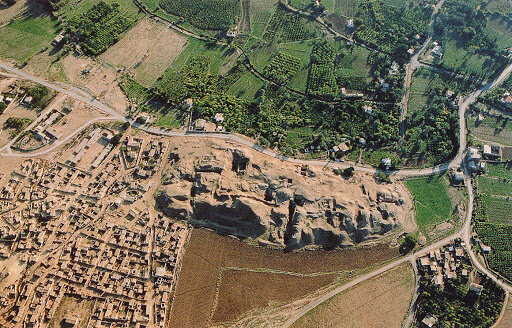
Like the rest of Palestine, Jericho saw the emergence of an urban culture again around the end of the fourth millennium BC. Jericho was once again a walled town, having had its walls rebuilt numerous times. The urban life again broke down around 2300 BC. The newcomers, who were nomadic and comprised of several groups, were most likely the Amorites. Their descendants, who shared a culture throughout the Mediterranean littoral, were the Canaanites, who lived around 1900 BC.
Excavations have revealed evidence of Canaanite houses and domestic furniture, which were discovered in their tombs as the deceased’s possessions in the afterlife. The Canaanites brought town life back to their homeland. These discoveries have indicated the nature of the culture that the Israelites found when they infiltrated into Canaan and that they largely adopted.

In biblical history, Jericho is well-known for being the first town that Joshua’s Israelites attacked after crossing the Jordan River (Joshua 6). The biblical story states that after the Israelites destroyed it, it was abandoned until Hiel the Bethelite settled there in the ninth century BC (1 Kings 16:34). The Bible makes multiple references to Jericho. Herod the Great built a winter home in Jericho, where he passed away in 4 BC. The 1950s and 1951 excavations uncovered some information about Herodian Jericho: a stunning façade by the Wadi Al-Qilṭ is most likely a remnant of Herod’s palace, and its design reflects Herod’s adoration for Rome.
This area, roughly one mile (1.6 km) south of the Old Testament town, became the center of Roman and New Testament Jericho. Traces of other fine buildings can be seen in this area. A mile east of the Old Testament site, on a third site, was the Crusader city of Jericho, where the modern town would eventually grow.
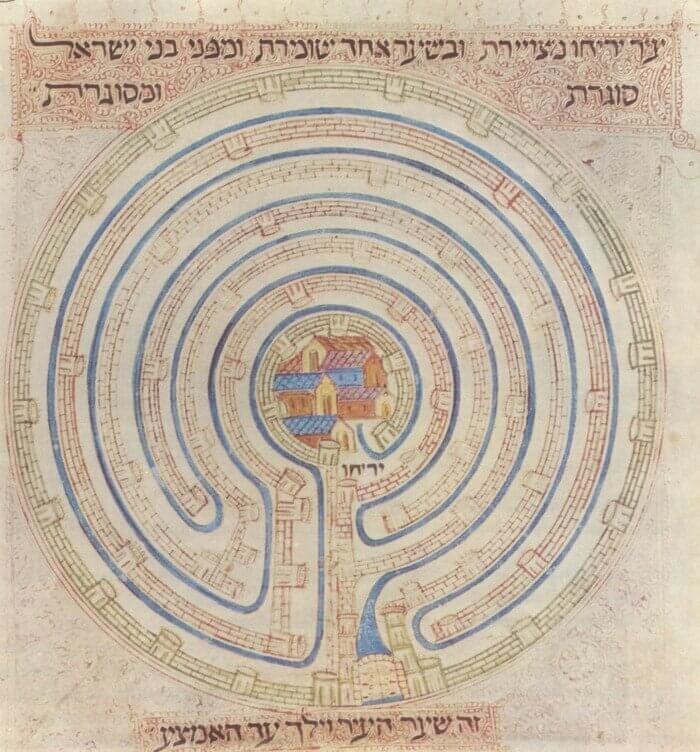

How Greek prime minister in 1830’s tried to spread the potato in Greece
A Greek prime minister in 1830’s tried to spread the potato in Greece but people weren’t interested so he put armed guards in front of shipments of potatoes so people would think they were important. People later started stealing these potatoes a lot which spread the crop to all of Greece.

The Mouth of Truth: Ancient Rome’s Legendary "Lie Detector" That Bit Off Hands
Discover the chilling legend of the Mouth of Truth (Bocca della Verità) in Ancient Rome—a massive carved stone face believed to bite off the hand of anyone who lied while inserting their hand into its gaping mouth. Uncover the truth behind its eerie reputation and how this ancient artifact became a symbol of honesty and fear.

The worst blizzard in recorded history: the 1972 Iran blizzard
The deadliest snowstorm ever recorded occurred in Iran in 1972. It lasted for a week, burying areas in 26 feet of snow and killing over 4,000 people, including the entire populations of three villages.

How Dmitri Mendeleev Developed the periodic table of the elements
1850 Dmitri Mendeleev walked almost a thousand miles to Moscow so he could apply for the University of Moscow. Although he was not accepted, he walked to St. Petersburg where he was accepted, And with that education, he developed the the periodic table of the elements

The youngest person executed, George Stinney Jr was proven innocent
In 1944, George Stinney Jr. was 14 years old when he was executed in South Carolina. It took only ten minutes to convict him — and 70 years to exonerate him.

Juliane Koepcke: The Teenager Who Fell 10,000 Feet And Trekked The Jungle to survive
In 1971, a high school student was sucked out of an airplane after it was struck by lightning. She fell 10,000 feet to the ground while still strapped to her chair and survived. Only to endure a 9-day trek to the nearest civilization.

Moondyne Joe: The story of Australia's most notorious prison escapee
A man named Joseph Bolitho Johns (A.K.A Moondyne Joe) broke out of Australian prisons so many times that the police were compelled to build a special cell just for him. He escaped from that as well.

3 men lived on top of a billboard in tents for almost 9 months
From 1982-1983, three men in Allentown PA competed in a radio contest in which they lived on top of a billboard in tents. Whoever stayed up longest would win a house. Due to economic pressure from the recession, none of the contestants wanted to give up, so the contest lasted almost 9 months.

The true story of Josephine Myrtle Corbin, the lady born with four legs and two private parts
Josephine Myrtle Corbin, an American sideshow performer born in 1868, had a rare condition known as dipygus, which caused her to have four legs, each smaller inner leg paired with one of her outer legs. Corbin joined the sideshow circuit, captivating audiences as the "Four-Legged Girl from Texas."

What Was the Beast of Gévaudan?
Between 1764 and 1767, a mysterious animal called the Beast of Gévaudan terrorized the French village called Gévaudan. It attacked and killed about 100 adults and children. While most believe it was a wolf, some say it may have been a wolf-dog hybrid, hyena or even a lion, but without any genetic evidence, the beast will remain a mystery forever.

During the 1996 Olympic bombing, Richard Jewell falsely accused of committing the crime after saving dozens of people
Richard Jewell, an American security guard, discovered a bomb during the 1996 Olympic Games in Atlanta and assisted in the evacuation, but was later wrongfully accused and faced public scrutiny. He was cleared, but it had a lasting impact on him until his death in 2007 at the age of 44.

Philippines, the largest supplier of Nurses in the World
Philippines is the world’s largest supplier of nurses, supplying roughly 25% of all overseas nurses worldwide.

Top 10 most cruel medical procedures that are being used today
We are all aware that medicine has advanced dramatically over the last fifty years. There are several modern medical approaches available today, but this was not always the case. However, the past of medicine is a dark one. Medical leeches, lobotomy, vascular surgery, cranial stenosis, and even electroshock therapy are all options. These are only a couple of the cruel healing techniques that are still in use today.

Robert Odlum, the first person to jump off the Brooklyn Bridge
The first person to jump off the Brooklyn Bridge was a professional high diver who "wanted to demonstrate that people did not die simply by falling through the air, thus encouraging people to be willing to jump from a burning building into a net." He proved himself correct by safely falling 135 feet through the air and dying only when he hit the water.

Nearest Green, America's first known Black master distiller
Nathan "Nearest" Green was an African-American head stiller who is now more frequently referred to as a master distiller. He was renowned for imparting his distilling knowledge to Jack Daniel, the creator of Jack Daniel's Tennessee whiskey distiller, after Jack Daniel was freed from slavery following the American Civil War.

How did Howard Florey discover penicillin
Penicillin was discovered by Alexander Fleming, but he never attempted to turn it into an antibiotic. It wasn't until ten years later that Howard Florey discovered Fleming's obscure paper and understood the mold's potential. Up to 200 million lives may have been saved as a result of Florey's work.

The touching story of David Vetter (bubble boy), the 'boy who lived in a bubble
David Vetter lived his whole 12 years in sterile “bubble”. He was “outside” for 20 second after being removed from his mother’s womb. He never touched any human.

The story of Bill Haast, who lived to be 100 despite his extensive snake venom injections
Bill Haast immunized himself by injecting snake venom into his blood for several years. He holds the Guinness World Record for surviving the most lethal snake bites, having been bitten over 172 times. Bill became known as "Snake Man" around the world and lived for over 100 years.

Archaeologists Uncover 2,000-Year-Old Amazonian Cities Using Lidar Technology
Deep in the Ecuadorian Amazon, archaeologists have uncovered an ancient network of urban settlements once inhabited by the Upano people about 2,000 years ago. Using cutting-edge lidar technology, these discoveries reveal a highly organized society featuring sophisticated agricultural systems, drainage canals, and extensive road networks. This transformative find challenges long-held assumptions about ancient Amazonian societies and sheds light on a complex civilization thriving in one of the world’s most biodiverse regions.

story of the youngest mother in the world at age of five - Lina Medina
Lina Medina, a five-year-old Peruvian girl, became the youngest mother in history in 1939 when she gave birth to a boy.

Quaker Oats Fed Children with Radioactive Oatmeal
In the 1940s and 1950s, Quaker Oats and MIT conducted experiments on radioactive iron and calcium-containing cereal. The diet was part of a study to see if the nutrients in Quaker oatmeal traveled throughout the body. In January 1998, a $1.85 million settlement was reached for 30 victims who came forward.

Story of Kathrine Switzer: the first woman to run in Boston Marathon
Before women were allowed to run in the Boston Marathon, Kathrine Switzer participated. A race official attempted to forcefully remove her from the race in 1967, but her boyfriend pushed him down. She was the first female finisher who had a numbered entry in the race.

Marion Stokes recorded 30 years of television
Marion Stokes, a Philadelphia woman began taping whatever was on television in 1979 and didn’t stop until her death in 2012. The 71,000 VHS and Betamax tapes she made are the most complete collection preserving this era of TV. They are being digitized by the Internet Archive.

The incredible story of a plane that lost its roof in mid-flight and the light signal that saved 94 lives.
On April 28, 1988, Aloha Airlines flight 243 was on the way to Honolulu from Hilo when a huge portion of the upper part of the fuselage blew off the airplane.

Max Headroom Incident: America’s Creepiest TV Hack
In 1987 a man hijacked a television station during an episode of Dr. Who and wore a Max Headroom mask and uttered nonsense, and he still hasn’t been caught

